
The Game Boy's Competitors
With the demise of standalone handheld gaming coming alongside the rise of the smartphone, it would be easy to forget what an impact the Game Boy had on its release 30 years ago. At the time, very few other portable systems with interchangeable cartridges existed and none of them had seen major success. After the Game Boy was released though, there were tonnes of pretenders to the throne. Here’s a few of the consoles that took on Nintendo’s champion:
Bit Corp Gamate
Retailing slightly cheaper than the Game Boy, the Taiwanese Gamate was a similarly specced system. Whilst they had been in the videogame business since the early eighties, Bit Corp were still largely unknown in 1990 when they launched the console. To make it more appealing, it was launched under different brand names in different markets. In the UK, joystick manufacturer Cheetah branded it, and in Italy it was the GiG Gamate. Sales figures are not known, but the fact that Bit Corp went bankrupt two years after the launch is taken as a sign they weren’t high.
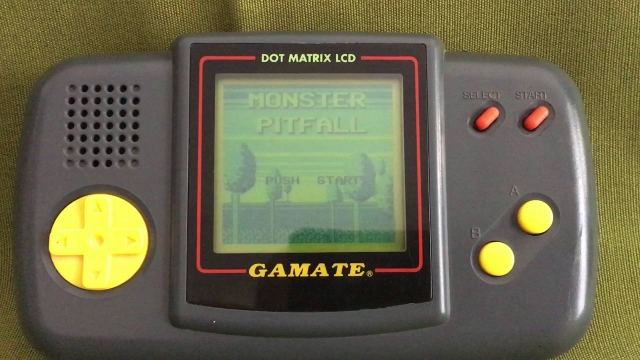
Atari Lynx
Arriving just three months after the North American release of the Game Boy, the Lynx was hugely more powerful than Nintendo’s device. With a colour screen, two processors, and eight times the RAM, on paper, it was the much better system. Sadly a lack of support from developers led to a dearth of games. To make things worse, the extra power inside the system ate through batteries like Kevin James at a buffet and four AA batteries would get only four hours of gaming, around a fifth of what the Game Boy could manage. Sales figures are disputed, but estimates tend to range between two million and half a million units. After two models and five years, Atari pulled the plug on the Lynx to focus on the even less successful Jaguar.
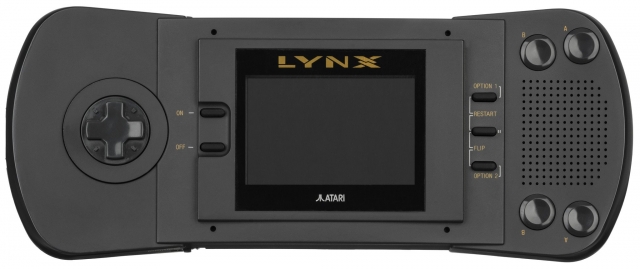
Bandai Design Master/ Denshi Mangajuku
This is an odd one. Released in 1995 in Japan by Bandai, it’s believed to be the first console to have a touchscreen display. It sported a black and white LCD screen and a stylus that allowed players to draw sprites that could be incorporated in the game. Only a handful of games were released, but some of these were big franchises such as Mega Man, Street Fighter II and Dragonball Z.

With no buttons and early touchscreen technology, games were limited, with most being drawing simulators or turn-based battle games. Concrete information on the system is hard to come by now because of its obscurity. Very few consoles are known to exist in the wild and it’s believed that poor sales resulted in a quick demise. By 1996, Bandai were already working on another console…
Bandai Wonderswan
After Game Boy designer Gunpei Yokoi left Nintendo in 1996, he created his own engineering firm ‘Koto Laboratory’. Bandai approached the great designer to enlist his help in designing the console that would become the Wonderswan.
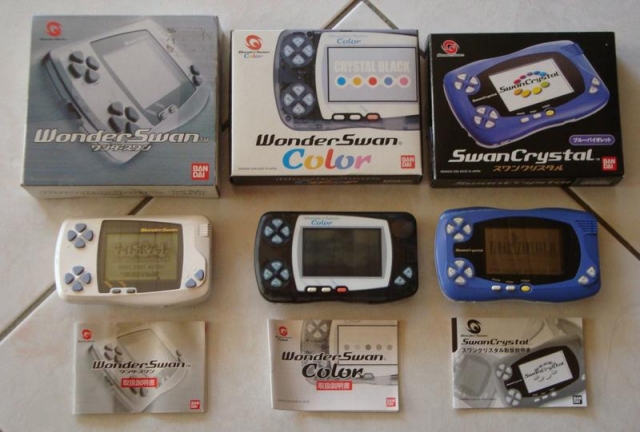
Tragically, Yokoi passed away in 1997, sadly missing the launch of his final handheld in 1999. Even more upsetting was the relative failure of his swansong, with sales of the monochrome handheld estimated between one and two million, a fraction of the Game Boy Advance. The long lead time between design and market meant that Bandai just couldn’t compete with Nintendo, cancelling a planned worldwide release in 2000 in favour of a colour redesign of the console. By that point, however, it was too late and after another disappointing set of sales figures believed to be in the region of around one million units, Bandai discontinued the device in 2003 and left the hardware business altogether.
Tapwave Zodiac
Tapwave was a company formed of ex-Palm executives Peng Lim and Byron Connell and the Zodiac was the debut piece of hardware for the fledgling company. The team were kKeen to avoid the mistakes that led their previous company to lose 90% of their share value, and they succeeded in this, although the failure of the Tapwave Zodiac illustrates the new selection of mistakes which led to the company’s demise after four years and just one product.
The device itself was very well received, winning numerous awards for technical innovation. It was essentially a high-end PDA with the ability to play games. The high asking price of £269.99 didn’t help it and neither did the decision to sell in the UK only through the Dixons chain of shops via an exclusive deal. Despite a lot of critical praise, the lack of advertising and the announcement of the Nintendo DS and Sony PSP proved too much for the fledgling company and they shut up shop in July 2005.

Neo Geo Pocket/ Neo Geo Pocket Color
With an aggressively cheap launch price, SNK’s legendary build quality, and the weight of both Sega and SNK behind it, the Neo Geo pocket range was expected to do much better than it did. The first model of the device was released just a few days after the Game Boy Color hit store shelves and the hype for that device saw to it that Neo Geo’s handheld garnered little attention in 1998. This led to the company deciding not to launch outside of Japan. They returned the next year with a backwards and forwards compatible colour version which DID see a worldwide release. The devices were very similar with near identical specs and casing, as well as a highly-praised microswitched joystick.

Sadly, even with a $4m advertising campaign, the King of Fighters series, and an exclusive Sonic the Hedgehog game, the Neo Geo Pocket Color just didn’t manage to compete with the big N. With a peak of 2% market share, it just wasn’t profitable enough and SNK discontinued it in the EU just 8 months after launch; and North America after only 12 months. Although the Asian markets propped the device up for another year, SNK decided enough was enough and discontinued the device in 2001 before leaving the hardware market.
Sega Game Gear/ Sega Nomad
The Game Gear was the best-selling Game Boy competitor, shifting around 11 million units worldwide. It was essentially a portable Master System, although it took different shaped cartridges. Most Master System games can be played on the device with the use of an adapter. The high-end hardware and colour screen was attractive to many gamers compared to Nintendo’s monochrome offering but like the Atari Lynx, its battery life was poor. As a result this harmed sales, although not so much as to deter Sega from releasing a second portable gaming system.
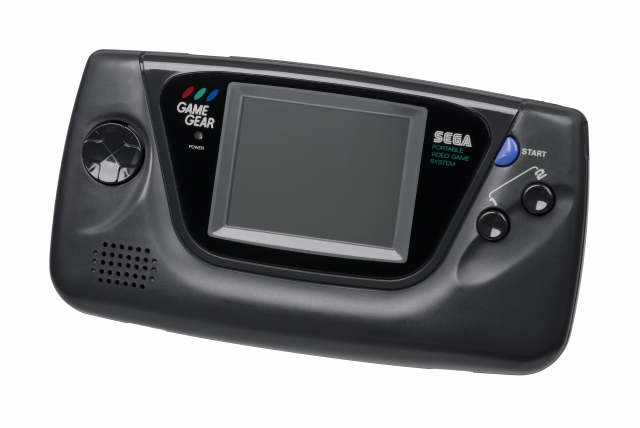
Sega attempted to follow on from the success of the Game Gear by releasing the Nomad in 1995. This was literally a portable Mega Drive, even taking the same cartridges. With only 1 million units sold in Japan and North America though, the device never saw a European release. Sales had been hindered by the fact that Sega had launched the 32X and Saturn home consoles before the Nomad, reducing consumer confidence in the Japanese giant. The exceptionally poor battery life of just 2-3 hours for six AA batteries didn’t help much and Sega’s decision to focus its marketing push on the struggling Saturn helped to kill off the Game Gear’s successor.
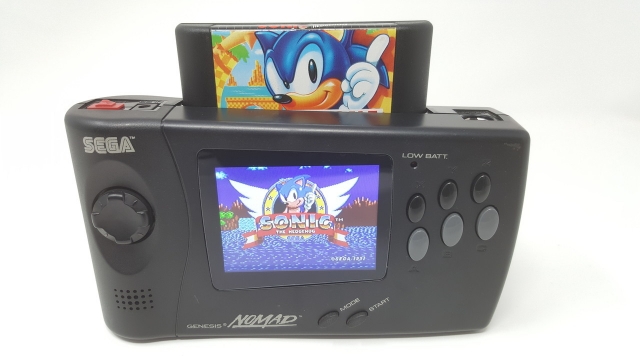
Nokia N-Gage
The N-Gage was part mobile phone and part game console. At the time, mobile phones were starting to become more technologically advanced and games were starting to become less rudimentary. Nokia, the world’s most successful mobile phone manufacturer at the time, attempted to capitalise with this hybrid device.
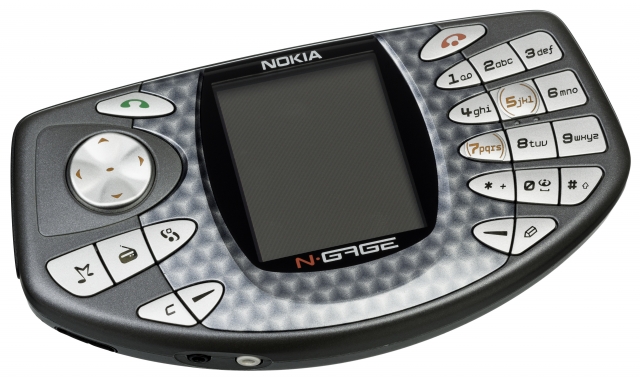
The device was not received well, with its unusual shape and speaker positioning on the side meaning it was awkward to use as a phone. As a game console it was equally awkward, with the battery needing to be removed to change cartridge and control buttons mixed in with the numeric keypad. A second model with a new design was released in 2004, called the N-Gage QD, but by this point the damage had been done and after 3 million sales worldwide, half of what Nokia had expected, it decided to concentrate on phones instead. The N-Gage brand lived on as a digital download service for the company's series-60 phones for a number of years after, but Nokia made no attempt to create another gaming device.

Watara Supervision
Selling at a considerably cheaper price than the Game Boy, this oddly-named console saw reasonable sales initially. It was distributed through different companies for international markets like the Gamate, and came in a few different form factors, all with the same internal hardware. Branded by joystick manufacturer Cheetah in the UK rather than the unknown Watara, it retailed at just £39.99 with a game at launch, compared to the £69.99 of Nintendo’s console.
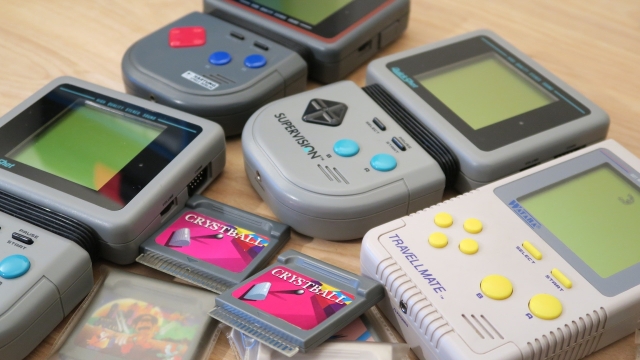
It wasn’t long before savvy consumers realised why the device was so cheap, however, as the cut-down hardware proved to be underpowered compared to what Nintendo offered. Technical specs were actually quite similar, but the lack of video memory and super-cheap LCD screen hindered what the machine could achieve, with slowdown and ghosting being frequently cited as bugbears of those using the system. The lack of major third-party developers saw to it that the Chinese-made handheld didn’t make much of a dent in the Game Boy’s sales, with most gamers deciding it would be better to spend the extra 30 notes instead.







COMMENTS